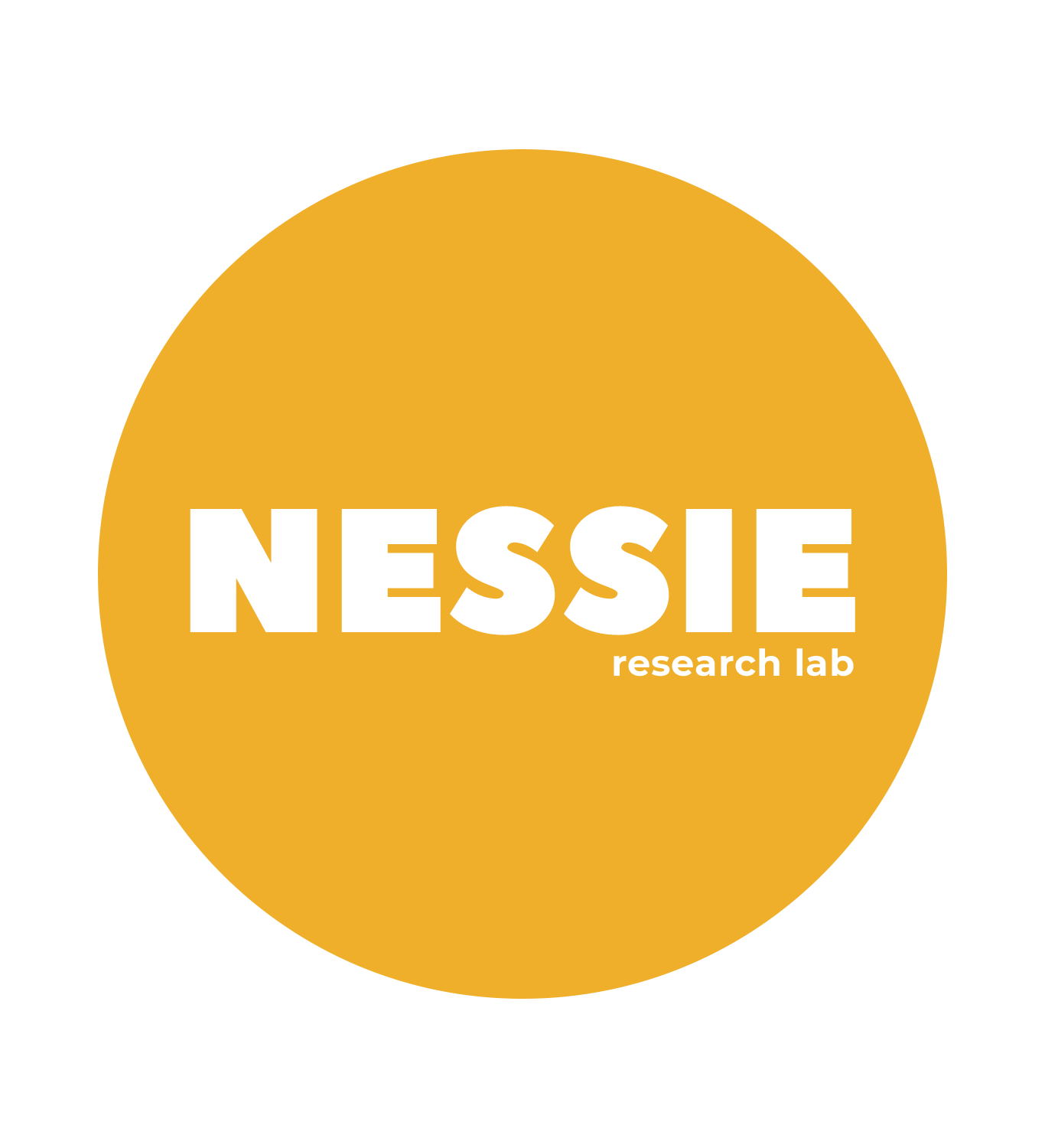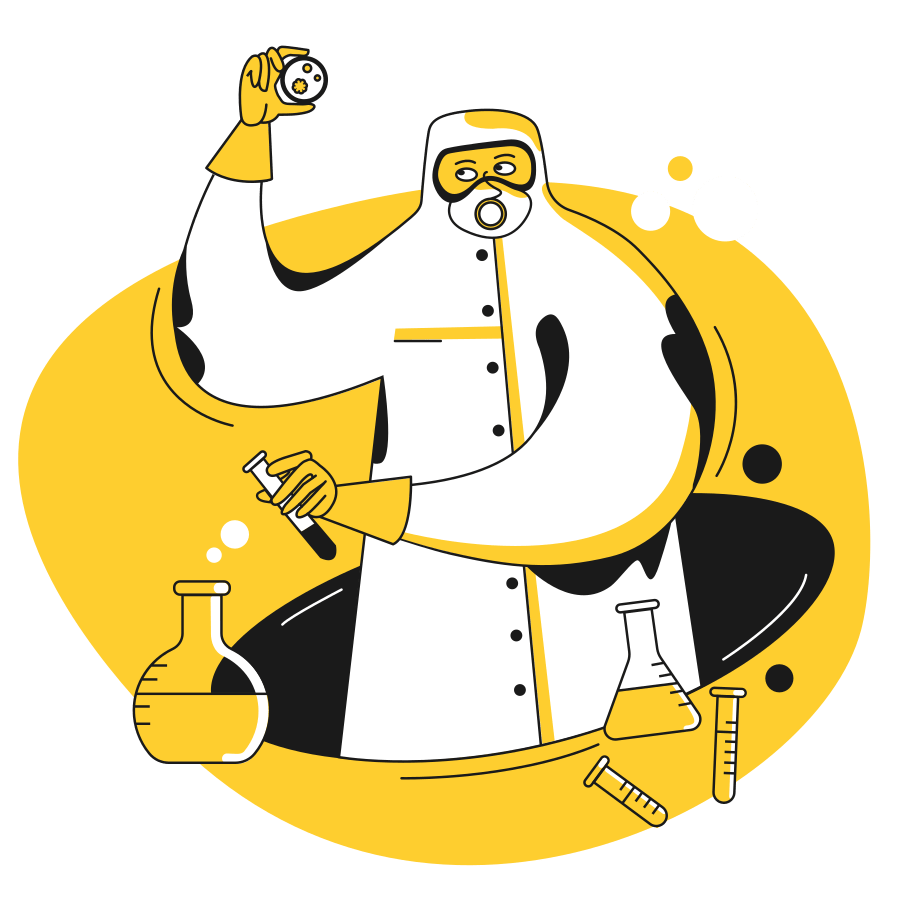External Lead Generation team
Dedicated & process-oriented
At Nessie, you work with a dedicated, cross-functional team that operates within a ready-made, repeatable lead generation process. Our team responds to the biggest challenge in every company – selling what we want and to whom we wish to. To be sure that we have it secured, we must build a predictable sales funnel. Sounds easy but is not. This is why Nessie brings the process and experience to the field of lead generation.
Our know-how is about building a lead generation process that allows us to enter new markets, quickly validate the business hypotheses, make a sales pivot or just diverse day-to-day sales.
There is no magic trick that hacks the sales process. It’s a set of best practices for a strategic market entry, encapsulated in a repeatable process and implemented with the utmost consistency by a team working in the client’s domain.
This service is, in particular, addressed to companies that understand the power of outsourcing or with no extensive sales team but are willing to have top-notch sales and a steady business flow. Nessie’s support is long-term, as external research and lead generation team.
Sales communication strategy by means of unique storytelling and a solid CTA
Outbound outreach as specific, spot-on target reach
Prospecting as constant heating up the contacts in our universe
Worthwhile calls resulting in business opportunities
At the beginning of a sales process, there was an idea. For us, an idea is the starting point for further work. The key to successful outbound activities is to create a concept describing the company's services and products. A paradox? Not really.
The entire process of building a communication strategy begins with two workshops. It continues (during the first month in particular) based on an Agile spiral - we quickly implement our hypotheses and verify their effects while constantly seeking new ones. We try to grasp more than just the client's products and services: also the process of sales and after-sales service. Why? Because this affects communication, too.
In this process, we always propose specific communication types. These are then translated together into recommendations for changes on the website, the campaign content, e-mail communication, the 1-on-1 campaign, and the presentation of the portfolio or case studies.
The key to effective communication strategy:
- Grasping client's problems and goals;
- Understanding customer services/products, naming and describing them in accordance to the matrix;
- Discovering client's uniqueness, differentiating them from other similar companies;
- Establishing the first-choice target groups, but also finding less obvious, new groups of potential customers (i.e. partners, etc.);
- Creating ideas and ways to stand out from the dull market;
- Crafting a new identity of the client in the sales area;
- Encapsulating the above into a coherent communication for the website, materials, and our outbound communication with the market.
In the process of generating prospects, we comply with the client's schedule. We don't just plan general activities for the upcoming months but also decide on the following campaigns for upcoming products.
Usually, we run 2-4 prospect generating campaigns simultaneously. We operate concurrently on several markets for various products and target groups.
First and foremost, though, we do not find prospects to contact them only once. We are in continuous contact with the market and with already acquired people. People who aren't interested in a 1-on-1 meeting stay in our communication area, so we can come back to them with other interesting topics until they are ready to make a decision — this is the process of heating up, prospecting. Since we only contact the right people, we have top-quality leads on hand when positive responses finally come.
The basis of our actions is the Sales Navigator and CRM tools with a mailing system encapsulated with additional content tools.
Achieving clients' goals "right here, right now" is a vital part of our work based on generating prospects and contacting them. However, the element that actually allows us to achieve predictable and repeatable sales success is prospecting.
Prospecting is a system of personalized, consistent follow-ups designed for contacts who are not ready to buy yet but have a very high potential to become willing to in the future (usually 1-3 months).
It's a vital part of No Relationship Prospecting - unfortunately, often overlooked in the internal sales processes.
The importance lies in several points:
- It often takes a couple of interactions with a potential customer to get them hooked (on average from 5 to 7);
- Contacting completely new people is expensive, especially if we abandon them after the first unsuccessful interaction;
- Heating up prospects who already heard about us allows you to optimize the costs of acquiring a lead;
- To make the sales process predictable, we must have a dozen or several dozens of prospects that will gradually move deeper within the funnel;
- Collecting prospects gives us a broader knowledge of the market and lets us forecast the sales funnel and the entire market.
How do we heat up the prospects?
- We collect a large amount of data about them. The data allows us to manage our database in the future and address it with accurate communication.
- We operate in a strictly defined, multi-stage process. It includes renewing contacts and recalling. We also make appropriate breaks to maintain new connections and a good relationship with a potential client - no spamming!
- We continually monitor and measure the progress — both in our actions and in data. We conduct quantitative and qualitative analyses. As a result, we gain the knowledge necessary for quick adjustments.
- We plan several months forward to ensure a constant prospect flow.



